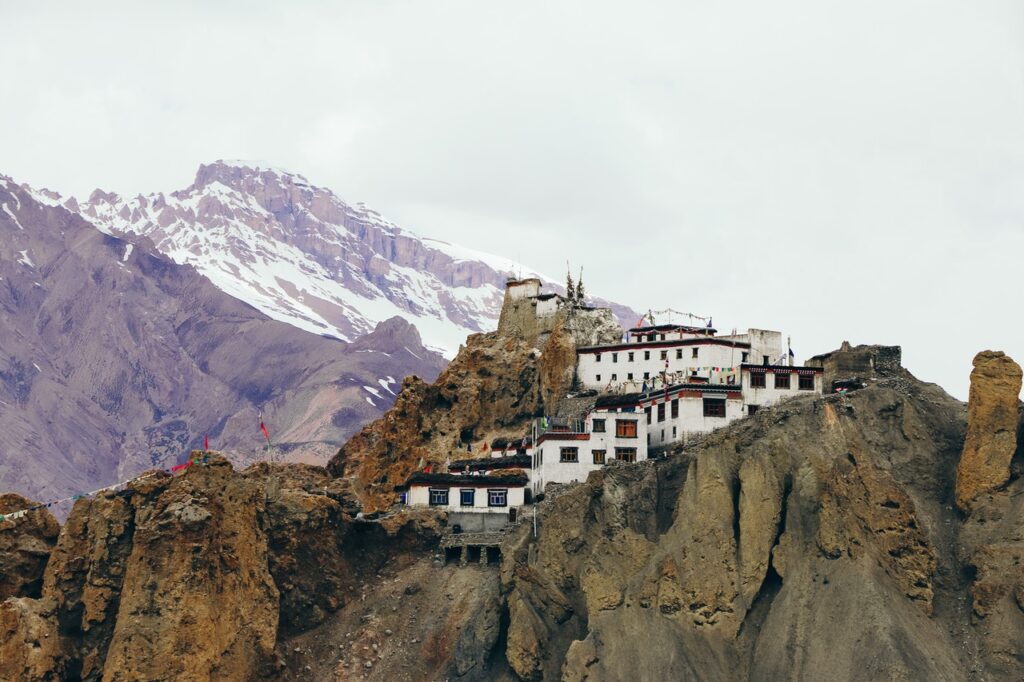It’s like travelling through time to witness some of the oldest and still active Buddhist monasteries in India.
Take a look at how spirituality evolved over a millennium.
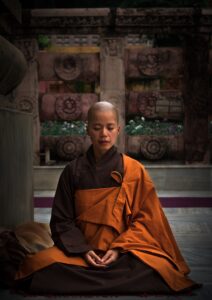
- Key Monastery
Kye Gompa is a Tibetan Buddhist monastery of the Gelugpa sect located on top of a hill at an altitude of 4,166 metres above sea level, close to the Spiti River, in the Spiti Valley of Himachal Pradesh, Lahaul and Spiti district, India.
It is the largest and oldest monastery of the Spiti Valley and a religious training centre for lamas. It reportedly had 100 monks in 1855.[2][3]
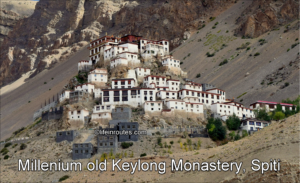
- Dhankar Monastery
Dhankar Gompa (also Dankhar, Drangkhar or Dhangkar Gompa; Brang-mkhar or Grang-mkhar) is a village and also a Gompa, a Buddhist temple in the district of Lahaul and Spiti in India. It is situated at an elevation of 3,894 metres (12,774 feet) in the Spiti Valley above Dhankar Village, between the towns of Kaza and Tabo. The complex is built on a 1000-foot (300-metre) high spur overlooking the confluence of the Spiti and Pin Rivers – one of the world’s most spectacular settings for a gompa. Dhang or dang means cliff, and kar or khar means fort. Hence Dhangkar means fort on a cliff.
Dhankar, like Key Monastery and Tangyud Monastery in Spiti, and Thiksey, Likir and Rangdum monasteries in Ladakh, was built as a fort monastery on the Central Tibetan pattern. It was reported to have had 90 monks in 1855.[1]
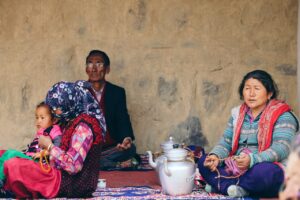
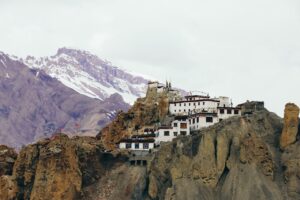
- Tabo Monastery
Tabo Chos-Khor Monastery[1] is located in the Tabo village of Spiti Valley, Himachal Pradesh, northern India. It was founded in 996 CE in the Tibetan year of the Fire Ape[2] by the Tibetan Buddhist lotsawa (translator) Rinchen Zangpo (Mahauru Ramabhadra), on behalf of the king of western Himalayan Kingdom of Guge, Yeshe-Ö.[2] Tabo is noted for being the oldest continuously operating Buddhist enclave in both India and the Himalayas.[3] A large number of frescoes displayed on its walls depict tales from the Buddhist pantheon.[4] There are many priceless collections of thankas (scroll paintings), manuscripts, well-preserved statues, frescos and extensive murals which cover almost every wall. The monastery is in need of refurbishing as the wooden structures are aging and the thanka scroll paintings are fading.[5] After the earthquake of 1975, the monastery was rebuilt, and in 1983 a new Du-kang or Assembly Hall was constructed. It is here that the 14th Dalai Lama held the Kalachakra ceremonies in 1983 and 1996.[6][7] The monastery is protected by the Archaeological Survey of India (ASI) as a national historic treasure of India.[7] - Lamayuru Monastery
It is one of the largest and oldest gompas in Ladakh, with a population of around 150 permanent monks resident. It has, in the past, housed up to 400 monks, many of which are now based in gompas in surrounding villages. - Alchi Monastery
The oldest gompas, those dating from Rinchen-zang-po’s time — Alchi and Lamayuru, and the less accessible Wanla, Mang-gyu and Sumda — belonged at the time of their foundation to none of these Tibetan schools, whose establishment they antedate. They were at some stage taken over by the Ka-dam-pa, and when it fell into decline they were taken over again, this time mostly by the Ge-lugs-pa. The exception was Lamayuru, which was for some reason claimed by the Dri-gung-pa”[4]
The gompa consisted originally of five buildings, and some remains of the four corner buildings can still be seen.[5]
Lamayuru is one of the largest and oldest gompas in Ladakh, with a population of around 150 permanent monks resident. It has, in the past, housed up to 400 monks, many of which are now based in gompas in surrounding villages.
Lamayuru is host to two annual masked dance festivals in the second and fifth months of the Tibetan lunar calendar, when all the monks from these surrounding gonpas gather together to pray.One of the oldest buddhist monasteries of India, Alchi monastery was built in 10th century A.D. in Ladakh. It is administered by Likir Monstery.
During the tenth century, the Tibetan lama-king Yeshe-Ö of Guge, in order to spread Buddhism in the Trans Himalayan region, took the initiative by allocating 21 scholars to the region. However, due to harsh climatic and topographic conditions, only two survived, one of them the esteemed scholar and translator Rinchen Zangpo who established Buddhist activity in the Ladakh region and other areas of India including Himachal Pradesh and Sikkim. During his sojourn there, he also went to the neighbouring countries of Nepal, Bhutan and Tibet. Zangpo became known by the epithet “Lohtsawa” or the “Great Translator”; he is credited with building 108 monasteries in the trans-Himalayan region in his quest to disseminate Buddhism. He institutionalized Buddhism in the region; these monasteries are considered the mainstay of Vajrayana of Tibetan Buddhism. Zangpo engaged Kashmiri artists to create wall paintings and sculptures in the legendary 108 monasteries; only a few of these have survived, with the Alchi Monastery complex in Ladakh having pride of place among all monasteries that he built.

